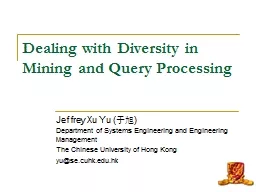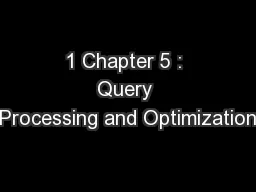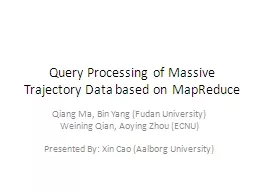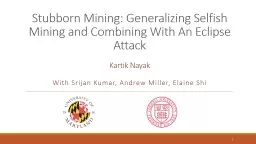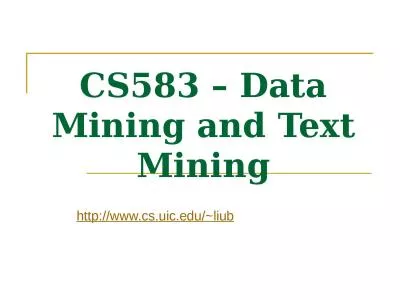PPT-Dealing with Diversity in Mining and Query Processing
Author : mojartd | Published Date : 2020-11-06
Jeffrey Xu Yu 于旭 Department of Systems Engineering and Engineering Management The Chinese University of Hong Kong yusecuhkeduhk Books on Social Networks Social
Presentation Embed Code
Download Presentation
Download Presentation The PPT/PDF document "Dealing with Diversity in Mining and Que..." is the property of its rightful owner. Permission is granted to download and print the materials on this website for personal, non-commercial use only, and to display it on your personal computer provided you do not modify the materials and that you retain all copyright notices contained in the materials. By downloading content from our website, you accept the terms of this agreement.
Dealing with Diversity in Mining and Query Processing: Transcript
Download Rules Of Document
"Dealing with Diversity in Mining and Query Processing"The content belongs to its owner. You may download and print it for personal use, without modification, and keep all copyright notices. By downloading, you agree to these terms.
Related Documents

